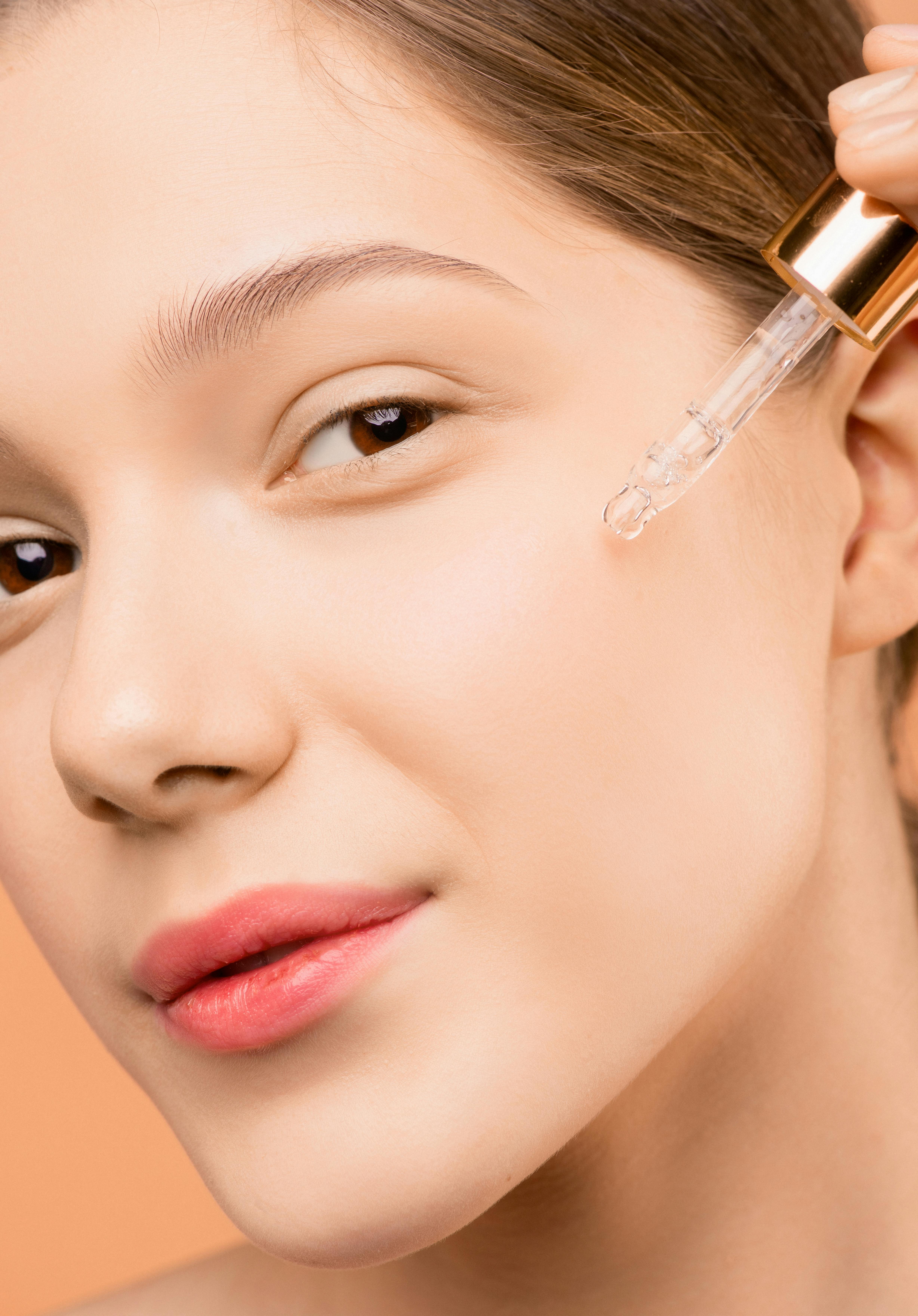Eye Bags: The Unseen Story
Eye bags, those pesky under-eye shadows that seem to become more prominent with each passing year, are a common concern for many people. Their presence often prompts questions about their causes and most effective remedies. This article delves into the history, current understanding, and latest treatments for eye bags. It aims to provide a comprehensive look at this common skin issue, offering new perspectives and insights that you might not find elsewhere.

Understanding the Historical Context
The appearance of eye bags has been a matter of concern for centuries. Ancient Egyptians, renowned for their elaborate beauty rituals, incorporated treatments for eye bags into their regimens. They used a variety of natural ingredients, including honey and fenugreek seeds, believed to decrease puffiness and lighten the under-eye area.
Fast forward to the 20th century, the advent of modern medicine and dermatology led to a deeper understanding of the causes of eye bags. Factors such as aging, genetics, lifestyle, and allergies were identified as primary contributors. Treatments evolved from home remedies to scientifically-backed topical applications and surgical procedures.
The Modern Perception of Eye Bags
In contemporary society, eye bags are often seen as an unwanted sign of aging or fatigue. However, they are a natural part of the aging process, as the skin loses elasticity and fat padding shifts downward. Despite this, the cosmetic industry has capitalized on the desire to maintain a youthful appearance, with countless products and procedures promising to reduce or eliminate eye bags.
The perception of eye bags also varies across cultures. In some East Asian cultures, for instance, a specific form of under-eye puffiness, known as “aegyo sal,” is considered attractive and is often accentuated with makeup or cosmetic procedures.
Current Trends in Eye Bag Treatments
Today, there are a range of options available for those looking to address their eye bags. Topical creams with ingredients like retinol and hyaluronic acid promise to tighten the skin and reduce puffiness. Non-invasive treatments, including radiofrequency and ultrasound therapy, aim to stimulate collagen production and lift the sagging skin.
In more severe cases, people may opt for surgical procedures such as blepharoplasty. This surgical removal or repositioning of fat, along with the removal of excess skin and muscle, can dramatically improve the appearance of eye bags. However, like any surgery, it carries risks and requires a recovery period.
The Implications and Impact of Eye Bag Treatments
The growth of the eye bag treatment market is indicative of the societal pressure to maintain a youthful appearance. While these treatments can boost self-confidence and improve aesthetic appearance, it’s essential to approach them with a balanced perspective.
Over-reliance on cosmetic procedures can lead to unrealistic beauty standards and exacerbate issues related to body image and self-esteem. It’s crucial to remember that aging is a natural process, and the presence of eye bags is not an indication of poor health or diminished attractiveness.
A Holistic Approach to Eye Bag Management
While treatments can help manage the appearance of eye bags, it’s equally important to address the underlying causes. A holistic approach that includes adequate sleep, a balanced diet, regular exercise, and good skincare habits can go a long way in maintaining the overall health of the skin, including the delicate under-eye area.
Eye bags are a shared human experience, a testament to our journeys and experiences. While they may not always be seen as desirable, they are a part of who we are. As we continue to explore and understand this common skin concern better, it’s essential to balance our pursuit of beauty with a healthy acceptance of natural aging.




